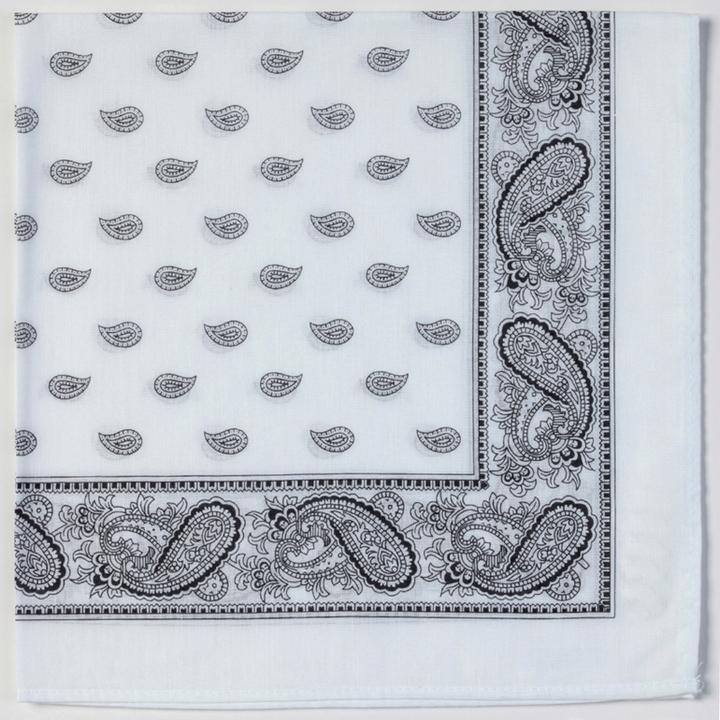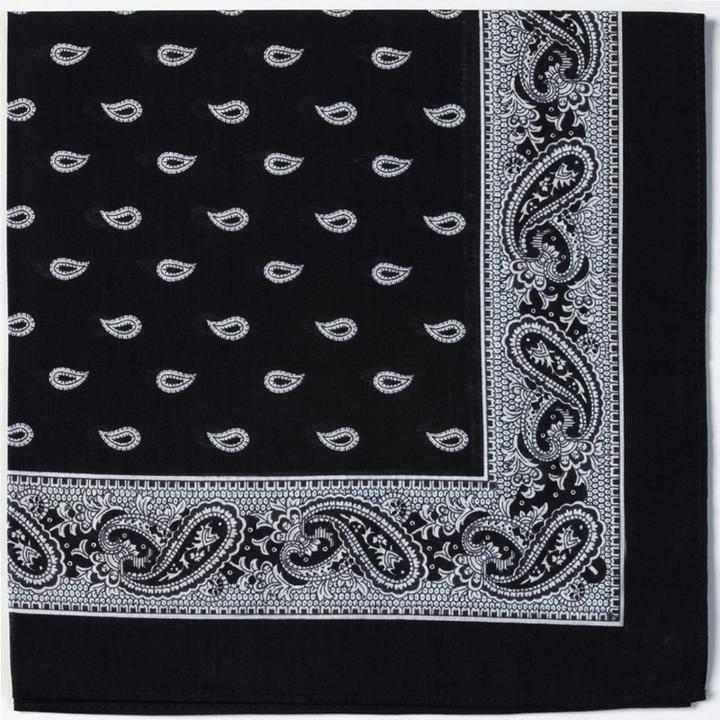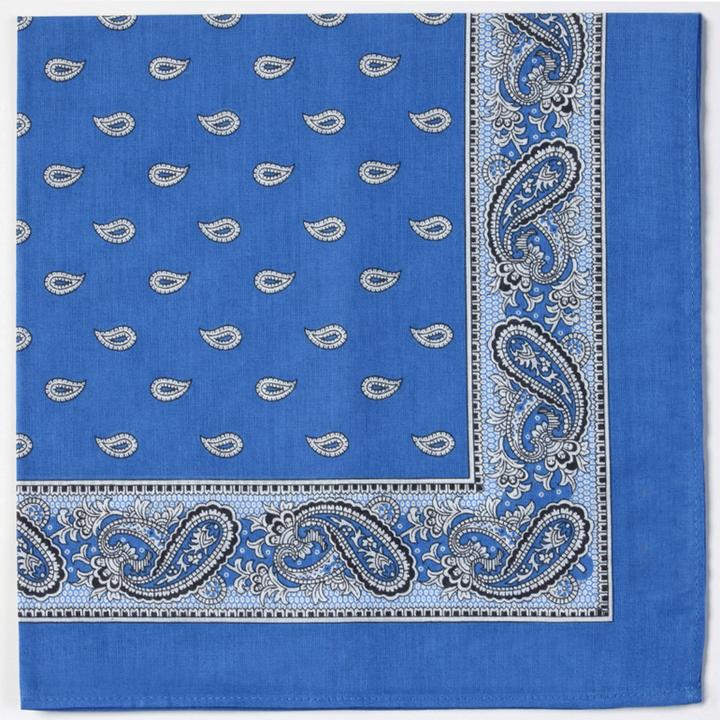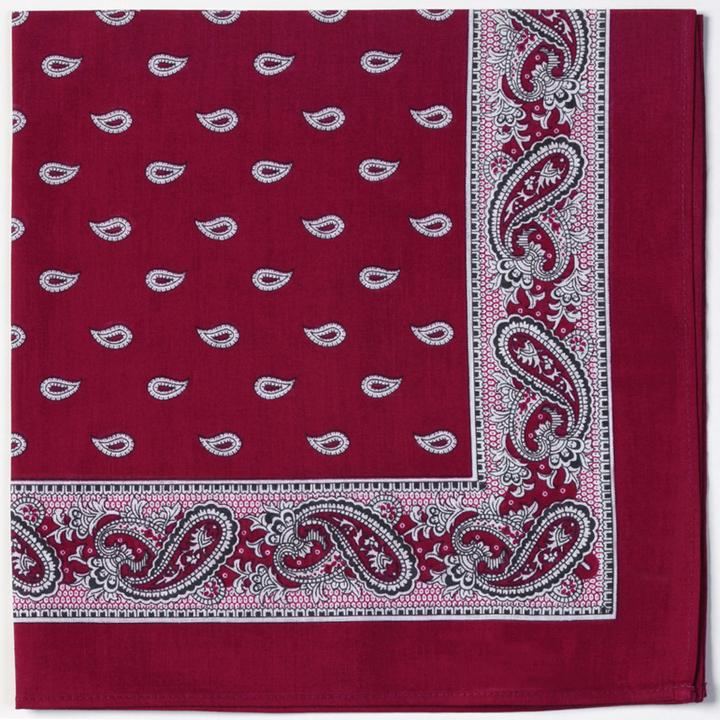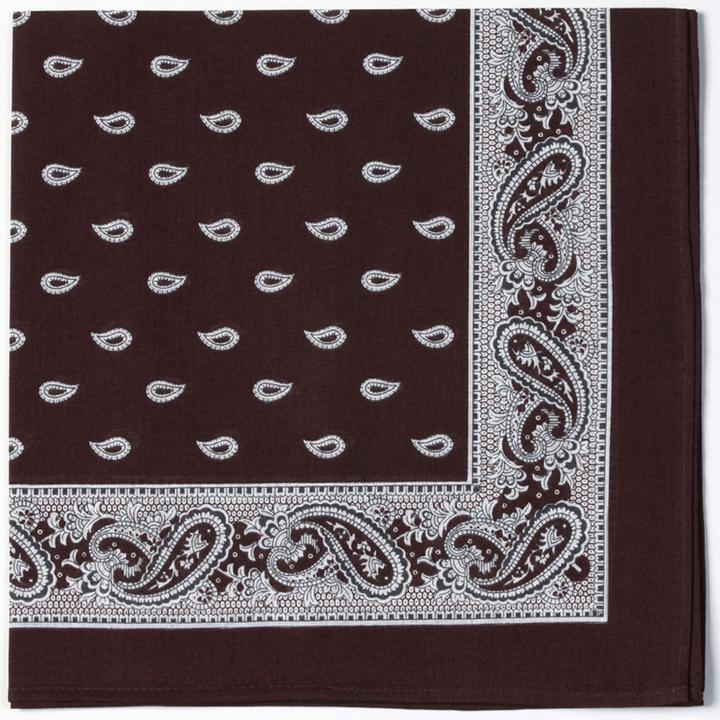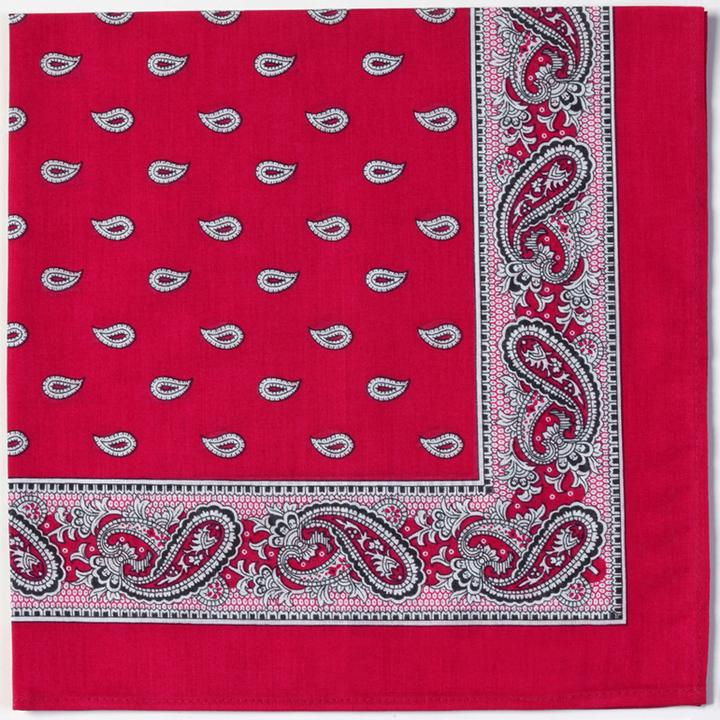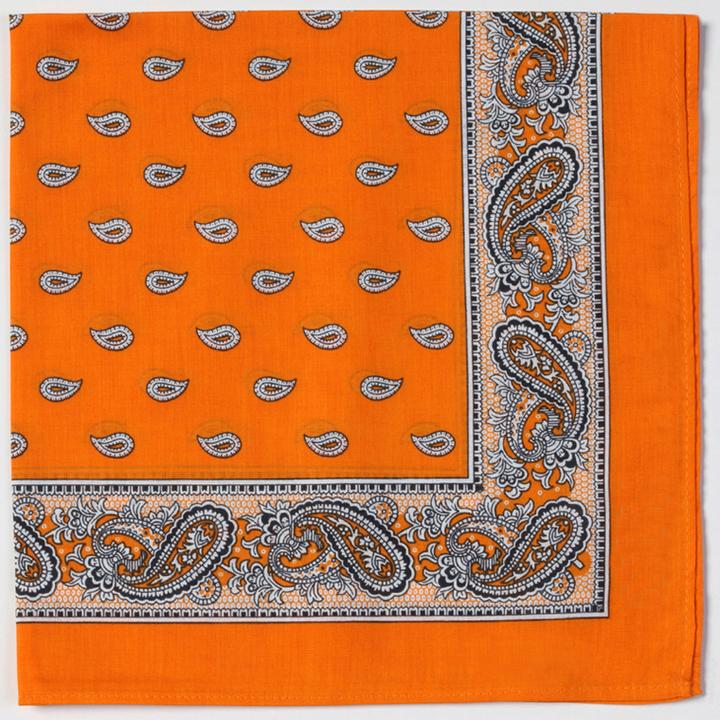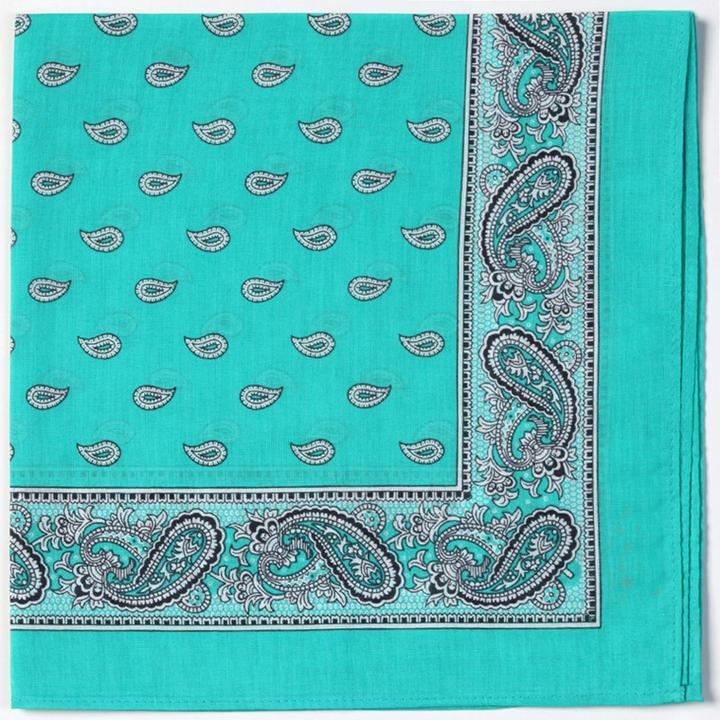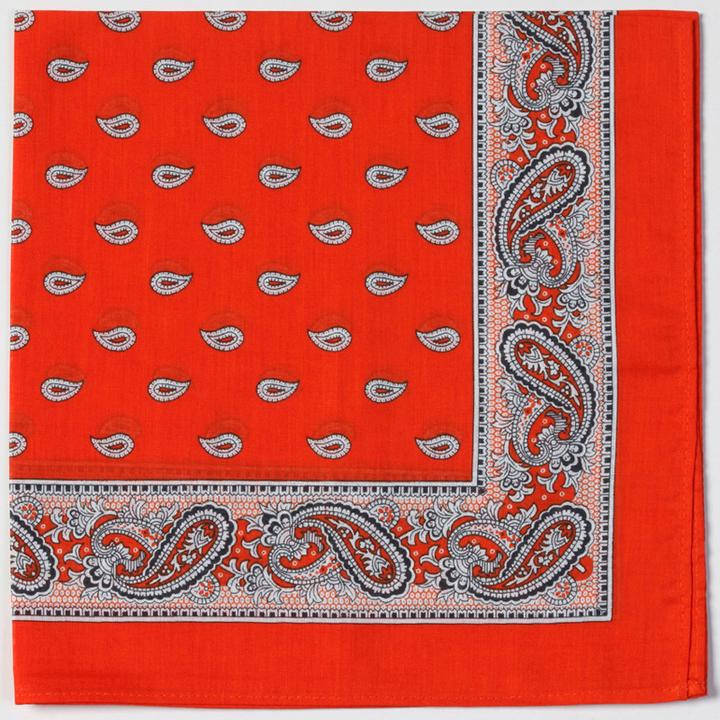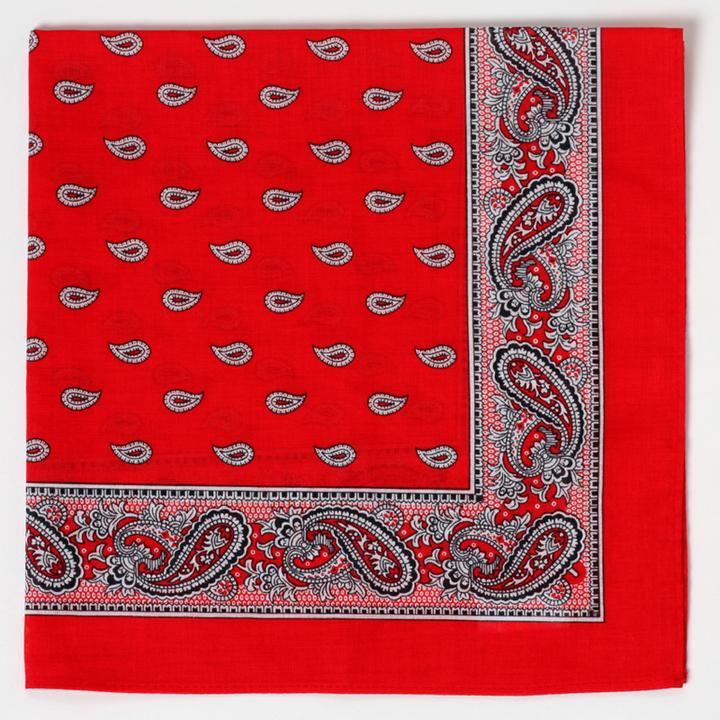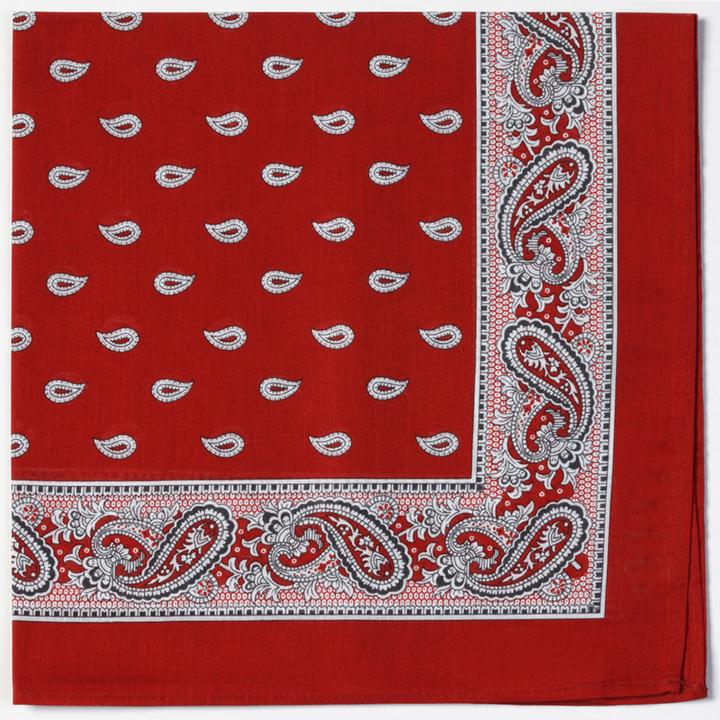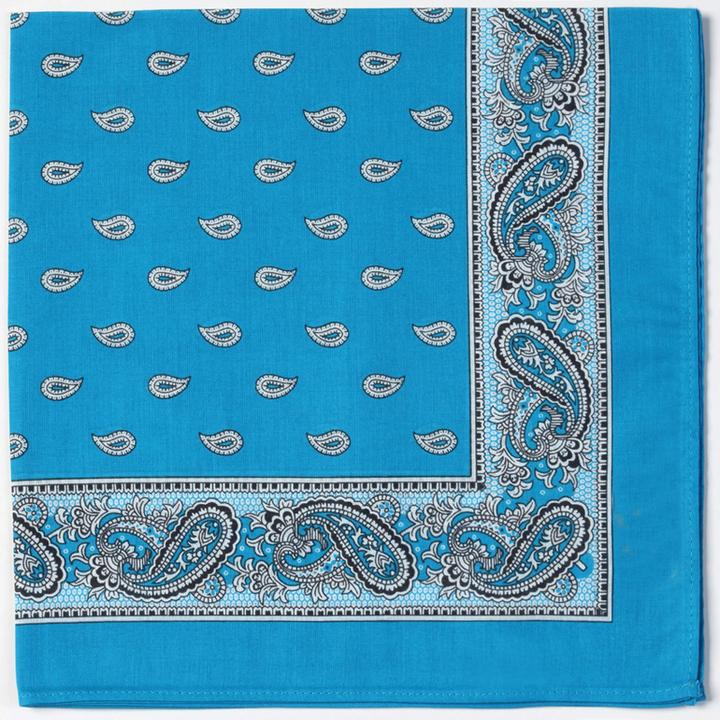Jenni Hemden Glarnertüechli
Free shipping from 50.–
Delivered between Mon, 28.4. and Tue, 29.4.
9 items in stock at third-party supplier
9 items in stock at third-party supplier
Supplied by
Märithüsli CH
Colour
- WhiteCHF19.50
- BlackCHF19.50
- BlueCHF19.50
- Bordeaux redCHF19.50
- Dark brownCHF19.50
- deep pinkCHF19.50
- FramboiseCHF19.50
- GreyCHF19.50
- Light orangeCHF19.50
- LilacCHF19.50
- MarineCHF19.50
- MintCHF19.50
- OrangeCHF19.50
- RedCHF19.50
- RoseCHF19.50
- RustCHF19.50
- saffron-yellowCHF19.50
- Sun yellowCHF19.50
- TurquoiseCHF19.50
- VioletCHF19.50
Product details
Original Glarner Tüechli
Mercerized, 100% cotton, washable at 60°C
Swiss Made
In the 17th century, seafarers brought colorful printed fabrics from India to Europe. These cotton prints, known as "Indiennes," attracted great attention due to their vibrant patterns and rich colors, and they were in high demand as clothing fabrics, upholstery, and wall coverings.
After 1678, manufactories were established in Holland, England, and Germany that printed cotton fabrics in the Indian style. Huguenots who fled from France played a significant role in this development. In Switzerland, they founded the first fabric printing companies, in Geneva in 1691 and in Neuchâtel in 1715. Soon, more printing companies emerged in Aargau, Bern, Basel, and Zurich, in Glarus in 1740, and in Islikon in 1765. After 1750, fabric printing flourished in France, and in the 19th century, England, the Canton of Glarus, and the region of Mühlhausen became some of the most important centers of fabric printing in Europe.
The time-consuming hand printing with wooden blocks remained predominant until well into the 19th century. However, inventive minds have been striving since 1780 with increasing success to mechanize the printing process to boost production. Equally significant was the rise of chemical dyes after 1860. At the same time, machine textile printing experienced a powerful upswing in many countries, gradually completely displacing the old hand printing with blocks.
The unique rise of the Glarner textile industry began after 1815. In the Glarner lowlands and midlands, numerous larger and smaller fabric printing companies commenced operations. After 1822, over 20 spinning and weaving mills settled along the Linth and its tributaries.
Glarner trading companies and the manufacturers themselves ensured the worldwide distribution of the printed fabrics, continually exploring new markets.
Exact colour description | White |
Clothing type | Cloth + Foulard |
Material composition | 100% cotton |
Item number | 21238882 |
Manufacturer | Jenni Hemden |
Category | Scarfs |
Release date | 21.6.2022 |
Colour | White |
Exact colour description | White |
Material composition | 100% cotton |
Upper | Cotton |
Target group | Boys, Men, Women |
Clothing type | Cloth + Foulard |
Pattern | Unicoloured |
CO₂-Emission | |
Climate contribution |
Specifications may include unverified machine translations.
30-day right of return and free return shipmentReturn policy
24 Months Bring-in WarrantyWarranty provisions
